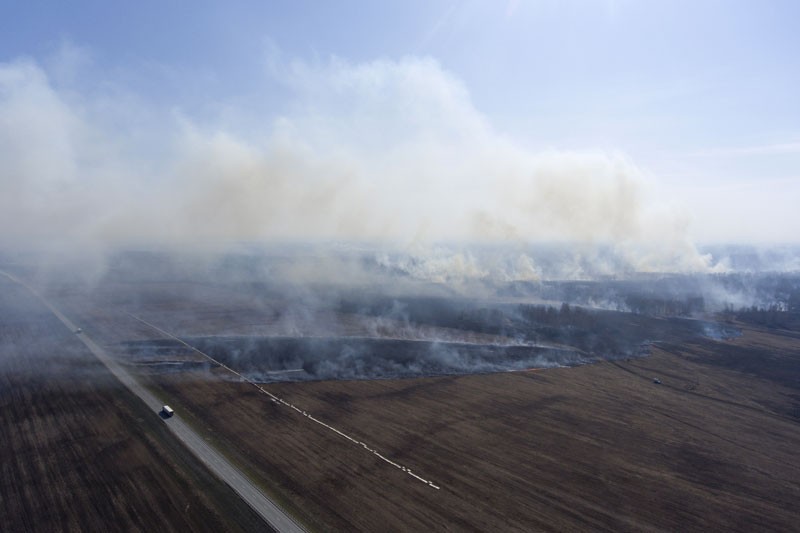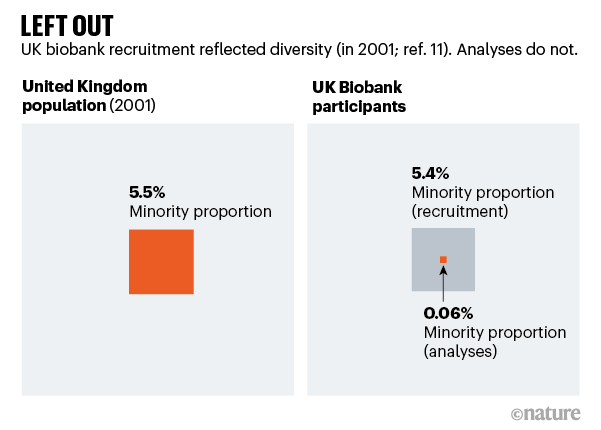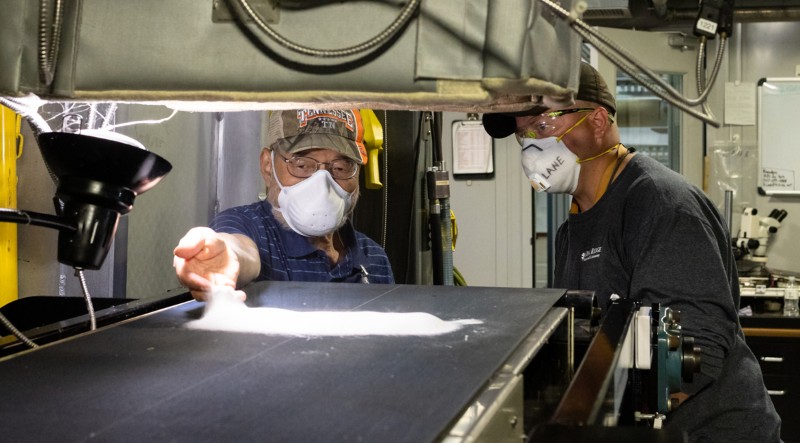Daily briefing: Shocking decline in the abundance of life on Earth
Huge survey of vertebrate species reveals that wildlife populations are in ‘freefall’. Plus, grim news about Arctic fires and a new way to cool computer chips — from within.
by Flora GrahamHello Nature readers, would you like to get this Briefing in your inbox free every day? Sign up here

Credit: Kirill Kukhmar/TASS/Getty
Arctic fires emit record CO2
Wildfires that incinerated tundra along the Arctic Circle this summer released a record 244 megatonnes of carbon dioxide — 35% more than last year, which was also a record breaker. Scientists think the fires are so bad in part because they’re torching peatlands, which have accumulated carbon over many millennia, making them the most carbon-dense ecosystem on Earth. The fires are part of a vicious cycle: their emissions fuel global heating, leading to ever-worse fires, which release yet more carbon. Recent research shows that northern peatlands could eventually shift from being a net sink for carbon to a net source of carbon — and, say scientists, the transformation is already under way.
More than 100 journals online have vanished
Dozens of open-access journals — and many of the papers published in them — have disappeared from the Internet over the past two decades. Most of the 176 ‘vanished’ journals are in the humanities and social sciences. Journals can disappear for a number of reasons: the publisher might stop paying for the website, for example, and the pages might not be preserved in digital archives. The analysis also found 900 journals that are still online but have stopped publishing papers, making them vulnerable to disappearing in the near future.
Reference: arXiv preprint
Huge decline in abundance of life on Earth
Wildlife populations plunged by 68% between 1970 and 2016, and only 25% of the planet can still be considered ‘wilderness’. The grim numbers come from a report by wildlife charity WWF and the Zoological Society of London (ZSL), based on global data on 20,811 populations of 4,392 vertebrate species. Worst hit is Latin America and the Caribbean, where the animal population dropped by an average of 94% during that period. Food production is the biggest driver of nature loss, says the report, with about 50% of the world’s habitable land area already used for agriculture. “We are wrecking our world — the one place we call home — risking our health, security and survival here on Earth,” says WWF chief executive Tanya Steele.
Reference: WWF and ZSL Living Planet Report
The science of orange wildfire skies
Another year of record wildfires in the western United States has turned the skies orange over cities such as San Francisco, California. The effect is down to more than just smoke blocking the Sun. Trapped by a layer of fog that lingers over the cool ocean, soot particles from the fires refract different wavelengths of light from clear air. With red and orange wavelengths dominating the view — no more blue skies.
Features & opinion
Don’t ignore genetic data from minority populations
Efforts to build representative studies are defeated when scientists discard data from certain groups, argue eight genomics researchers and ethicists. Instead, researchers should work to balance statistical needs with fairness. The authors suggest an approach used in health care — a framework called accountability for reasonableness (A4R) — to help researchers make analytical decisions that are ethically as well as scientifically sound.

Weapons for when bigotry claims science as its ally
Science writer and geneticist Adam Rutherford’s book How to Argue with A Racist is urgently relevant to the present moment, writes reviewer Alondra Nelson. “Many nations have seen an efflorescence of anti-racist reading lists. Rutherford’s book is rightfully on them,” writes Nelson. “But like many such volumes, after reading, the question remains: in this moment, could arguing the facts, even with Rutherford’s compelling narrative and nuance, possibly be enough?”
Podcast: Computer chips cooled from within
Controlling heat is a major hurdle when it comes to increasing electronics’ power. This week, the Nature Podcast explores a new way to integrate tiny microfluidic channels directly into circuits, to help them keep their cool. Plus, coronavirus mutations and the people left out of genetic studies.
Nature Podcast | 39 min listen
Subscribe to the Nature Podcast on Apple Podcasts, Google Podcasts or Spotify.
Where I work

Credit: Carlos Jones/Oak Ridge National Laboratory
Peter Tsai, the inventor of the electrostatically charged filter used in face masks, has emerged from retirement to help boost filter production and reuse. Here, he’s pictured at the Oak Ridge National Laboratory in Tennessee, where he has loaned his own equipment to the filter-production line. “Even though I’m mostly working for free, I feel a responsibility to help out during the pandemic,” says Tsai. “Otherwise, I would regret it for the rest of my life.” (Nature | 3 min read)
Today Leif Penguinson is cooling down by a stream lined with volcanic rock at Kipahulu Forest Reserve in Hawaii. Can you find the penguin? The answer will be in Monday’s e-mail, all thanks to Briefing photo editor and penguin wrangler Tom Houghton.
Flora Graham, senior editor, Nature Briefing
With contributions by Nicky Phillips